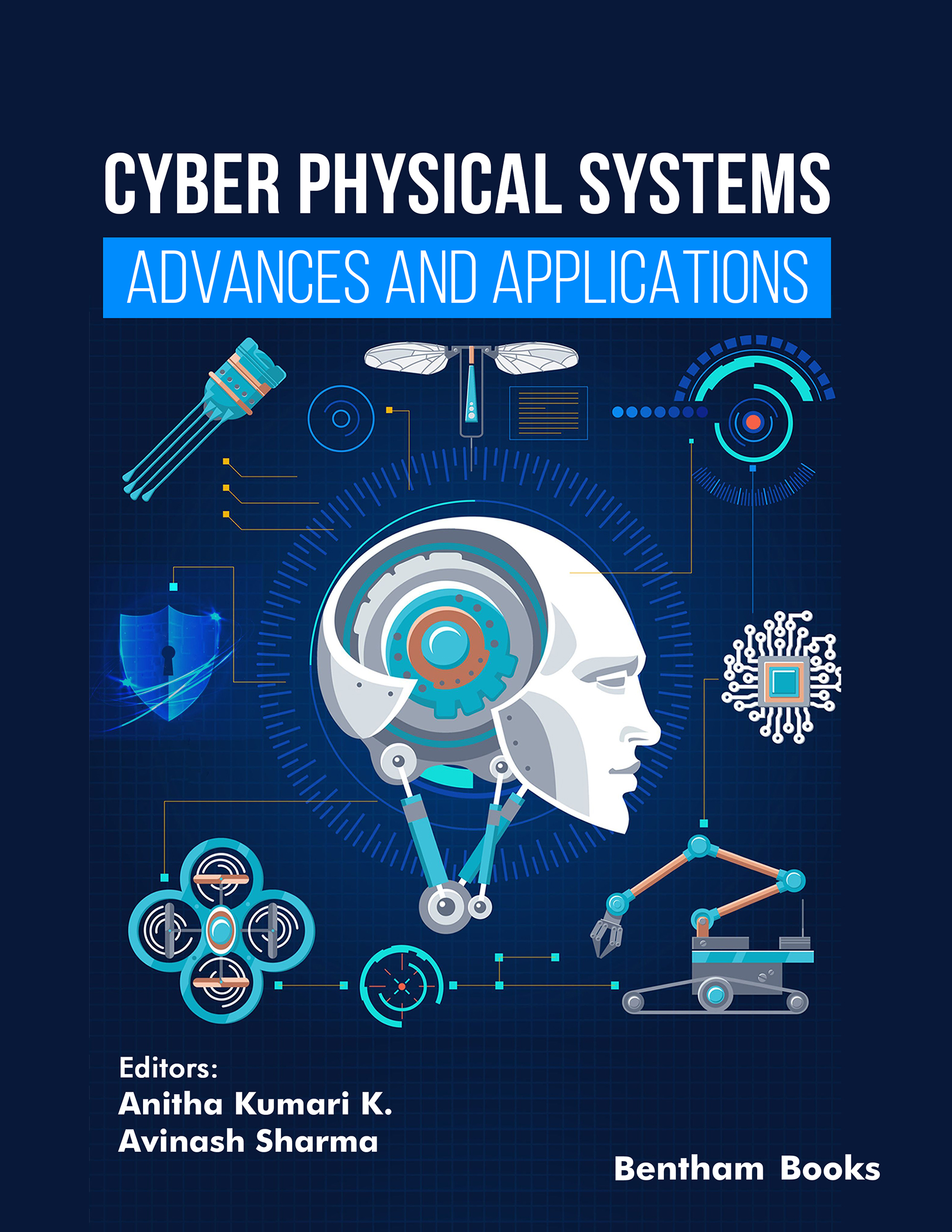Cyber Physical Systems in Autonomous and Unmanned Aerial Vehicles

- Authors: Sindhu Rajendran1, Shreya S.2, Alaska Tengli3, Ramavenkateswaran N.4
-
View Affiliations Hide AffiliationsAffiliations: 1 Department of Electronics and Communication, R. V. College of Engineering Bangalore Mysore Rd, RV Vidyaniketan, Bengaluru, Karnataka 560059, India 2 Department of Electronics and Communication, R. V. College of Engineering Bangalore Mysore Rd, RV Vidyaniketan, Bengaluru, Karnataka-560059, India 3 Department of Electronics and Communication, R. V. College of Engineering Bangalore Mysore Rd, RV Vidyaniketan, Bengaluru, Karnataka-560059, India 4 Department of Electronics and Communication, R. V. College of Engineering Bangalore Mysore Rd, RV Vidyaniketan, Bengaluru, Karnataka-560059, India
- Source: Cyber Physical Systems - Advances and Applications , pp 82-105
- Publication Date: May 2024
- Language: English
Cyber Physical Systems in Autonomous and Unmanned Aerial Vehicles, Page 1 of 1
< Previous page | Next page > /docserver/preview/fulltext/9789815223286/chapter-4-1.gif
In todays world, the demand for autonomous and unmanned aerial vehicles is rapidly growing with applications in many domains. These autonomous vehicles have potential advantages like a reduction in traffic deaths by 90%, a drop in harmful emissions by 60%, an improvement in fuel economy by 10%, an increase in lane capacity by 500%, a reduction in travel time by 40%, an increase in transportation accessibility and a reduction in transportation costs. Similarly, UAVs have advantages like- traffic monitoring, moving objects in seemingly dangerous environments, payload delivery and surveillance. Cyber-Physical Systems (CPS) are combinations of networking, computation and physical systems. The three interacting components of CPS - communication, computation, control and their coupling effects are necessary for improving the performance of the UAV network. Control mechanisms, performance and safety of autonomous and unmanned aerial vehicles are the important factors to be considered while designing them.The major concern for any fully or partially autonomous system is safety, the other challenges faced are: mechanical failure, communication bandwidth shortage, cyber-hacking, communication delay, etc. Various designs are proposed and tested to overcome these challenges, few of them are: a framework for software - ReMinds in addition to the extensions implemented in the Dronology system; for Dronology, researchers have proposed and designed incubators for safety-critical CPS. The chapter emphasizes the role of CPS in autonomous and unmanned aerial vehicles, framework of CPS for UAVs, the challenges with respect to CPS and is concluded with the state of art of the present autonomous vehicles.
-
From This Site
/content/books/9789815223286.chapter-4dcterms_subject,pub_keyword-contentType:Journal105

